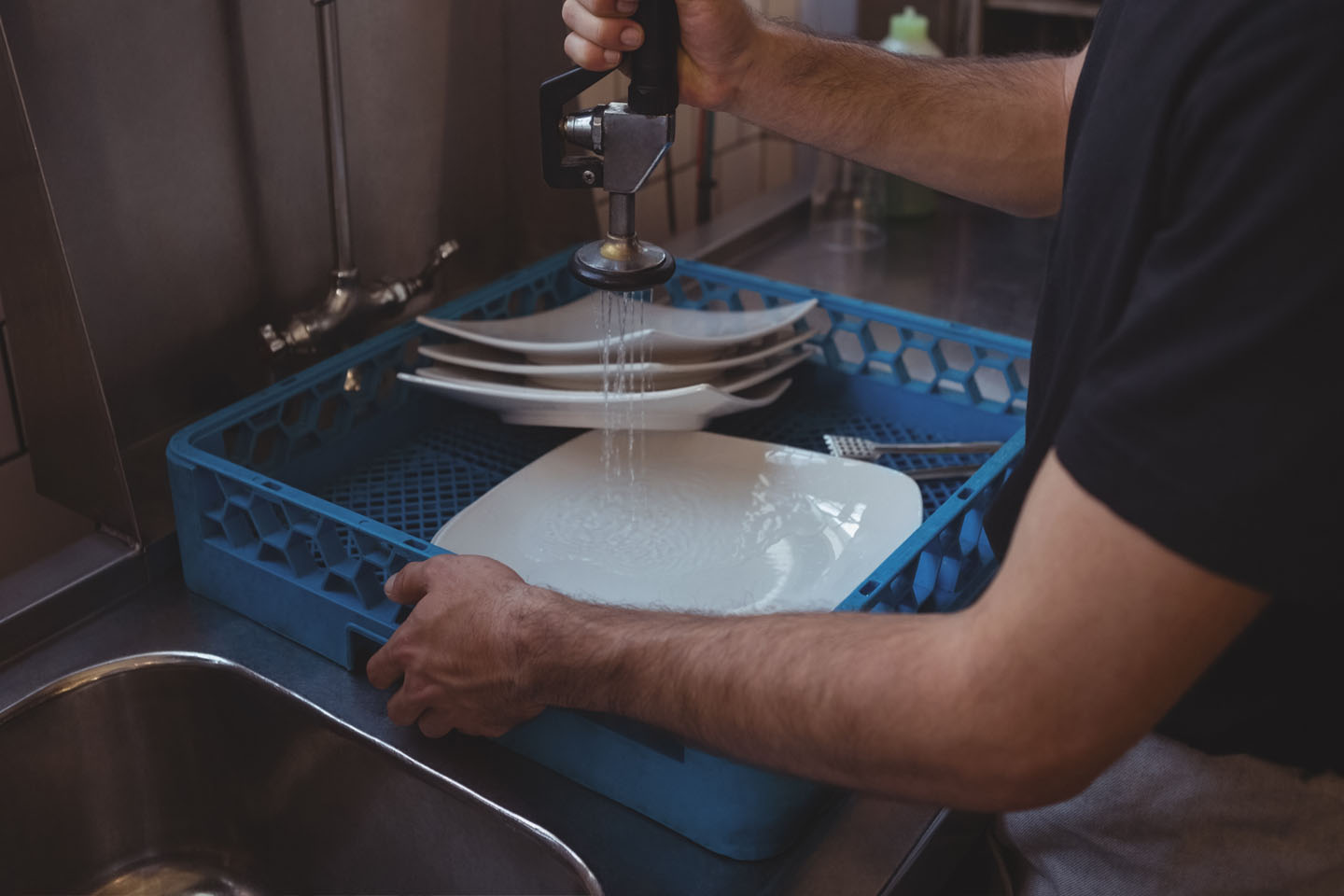FOG are substances such as a vegetable or animal product that is used in, or is a byproduct of, a cooking or food preparation process that may solidify with a change in temperature or other circumstance. These waste are known to adhere to the walls of a sewer, and create or contribute to a blockage in a sewer lateral or sanitary sewerage system component.
Frequently Asked Questions
Email Us info@harborbio.org If You Have Any Questions Or Concerns About Commercial Kitchen FOG Control, Plumbing or Equipment Service
-
What is FOG?
-
What is a grease interceptor?
A grease interceptor is a two or three compartment chamber sizing from 750-10,000 gallons that is generally required to be located underground, between an FSE and the sanitary sewerage system. These devices are large and are intended to gravity separate FOG from wastewater coming from the kitchen. To perform according to design specifications, the chamber requires periodic cleaning and maintenance once it reaches 25% FOGS (FATS, OILS, GREASE and SOLIDS) waste.
-
What Is A Grease Trap?
Similar functionality of a grease interceptor, a grease trap is a device, generally much smaller than a grease interceptor, which is attached to no more than four individual plumbing fixtures, also intended to take apart FOG from wastewater prior to discharge of the wastewater to the sanitary sewerage system. Due to its miniature size, grease traps are cleaned more often to prevent the release of fogs contamination into the sewer system.
-
How To Dispose Used Fryer Oil From Restaurants?
It is mandatory that all FOOD SERVICING ESTABLISHMENTS hire a lincensed grease hauler to collect and dispose used cooking grease from commercial kitchens. All waste collected are manifested and documented as proof for the FOG control inspector during an inspection.
